Ukraine: A nation shaped by wars
Book Review: The eastern borderlands of Europe have long been a crucible for conflict.
Book Review: The eastern borderlands of Europe have long been a crucible for conflict.
Many wars have been fought over borders and resolution is difficult unless there is a decisive winner. For the combatants in Russia’s invasion of Ukraine, the conflict is a minefield unlikely to have a permanent solution unless one side retreats or the other is soundly defeated.
For historians, Ukraine is a goldfield because the country takes its name from Europe’s most eastern borderlands, which have long been an area in flux.
Anne Applebaum’s Between East and West describes the geographic features of the borderlands as a flat plain “crushed between the civilisations of Europe and those of Asia”.
East of Poland and west of Russia, “their lack of mountains, seas, deserts, and canyons has always made the borderlands easy to conquer”.
President Vladimir Putin is just the latest in a series of invaders, who have from come east and west, north and south.
As Applebaum tells it, the most rapacious were Swedes from the north, who pillaged from the Baltic to the Black Sea in the Great Deluge of 1655. The least expected were the southern Moldovan princes who tried to establish their control in the 16th century.
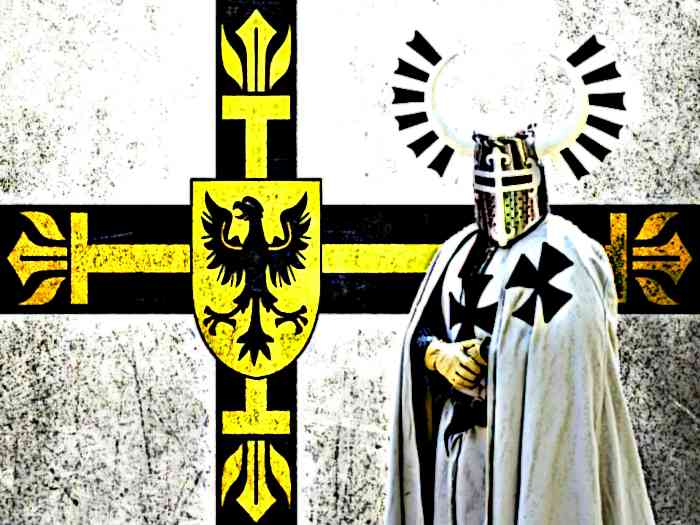
Earlier, Poles and Lithuanians from the west had built empires, while the Teutonic Knights, much admired by Hitler, established a German trading port on the Baltic coast that endured from the 13th century until the end of World War II as East Prussia.
(It is now a much smaller Russian enclave occupied in 1944 by Stalin’s Red Army, its German citizens expelled or killed, and renamed Kaliningrad. The history of East Prussia and its capital of Konigsberg is told in Max Egremont’s Forgotten Land, 2010.)
Up to the 19th century, the borderlands were occupied by a polyglot of peoples, languages, religions, and cultures. No one conquering power lasted long enough to impose the uniform standards that are the basis for a nation-state.
Rise of nationalism
Nationalist stirrings began in the 19th century and accelerated after World War I when three empires collapsed – czarist Russia, Austro-Hungary, and Prussia. New states were created along nationalist lines – Estonia, Latvia, Lithuania, and Poland – while Soviet Russia, after a five-year civil war, pushed its boundary westward.
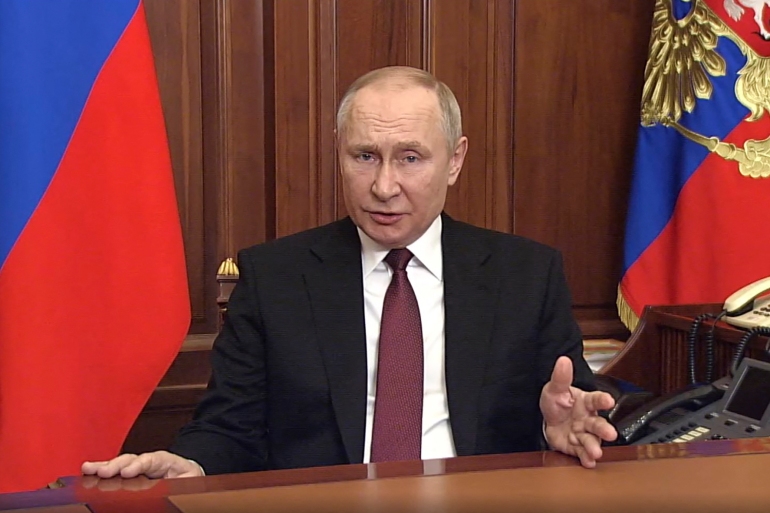
As Putin said in his rambling speech justifying Ukraine as part of Russia, this was due to Lenin, founder of the Soviet Union. In fact, “no less than 11 armies – from the forces of the independent Ukrainian Republic to the White Russians to the Bolsheviks to the Poles – fought for possession of Ukraine,” Applebaum writes.
“The borders that emerged from the battles and the negotiations hardly satisfied anyone,” she adds.
World War II, itself triggered by Hitler’s expansionism, brought a further rewriting of the boundaries, with Germany losing East Prussia to a carve-up between Stalin and Poland. Stalin also kept those parts of Poland he had seized in his short-lived pact with Hitler in 1939, as well as the three Baltic states and the northern part of Romania, now known as Moldova.
Human cost
This land grab vastly increased the size of the Soviet Union’s two most western components, Ukraine and Belarus. The cost to human life and suffering was enormous, with millions of minority populations deported to remote parts of the Soviet Union, German speakers moved back to a much-reduced country, and Russians imported to impose their language and alphabet in newly-acquired territories.
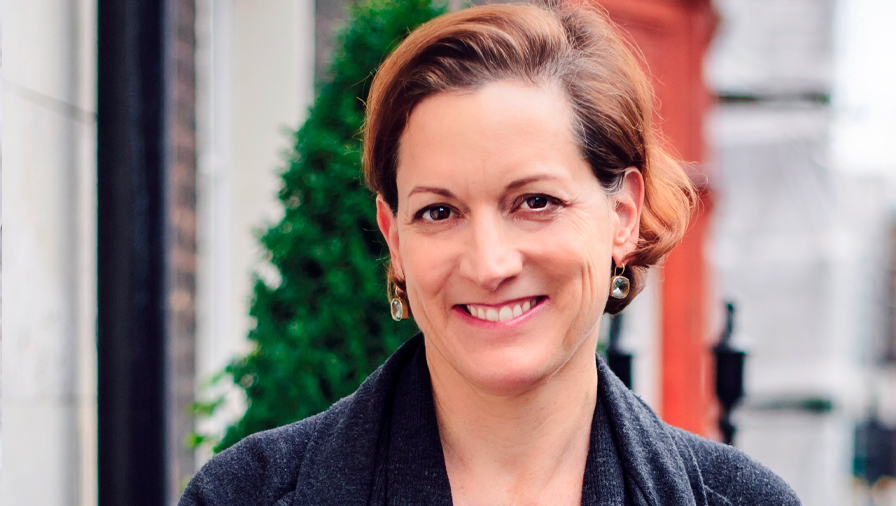
“After 40 years, even the memory of the many-coloured, multi-ethnic borderlands had faded away,” Applebaum writes as she embarks on a journey from the Baltic port of Kaliningrad to the Ukrainian sea port of Odessa on the Black Sea.
She visits cities such as Lviv, in western Ukraine, that was also known as Lvov in Soviet Russia, and Lwow in its Polish days; Vilnius in Lithuania, formerly known as Wilno when part of Belarus; and Uzhorod, now in Ukraine but formerly part of Ruthenia in Czechoslovakia from 1920 until 1938 when it was restored to Hungary. In 1944, it was seized by the Red Army and a year later annexed by the Soviet Union.
Russian armies occupied Lviv in 1914, before it became part of the second Polish republic in 1918 after the Treaty of Brest-Litovsk. In 1939, after the Hitler-Stalin pact, the Russians were back, and again in 1944 when the Red Army pursued the retreating German forces.
Warring armies
Kyiv had a similar experience, as it was successively occupied by warring Russian armies during the civil war after the Bolshevik Revolution in 1917, by Germans in 1918 until the armistice, and again during the subsequent Polish-Soviet war of 1919-21.
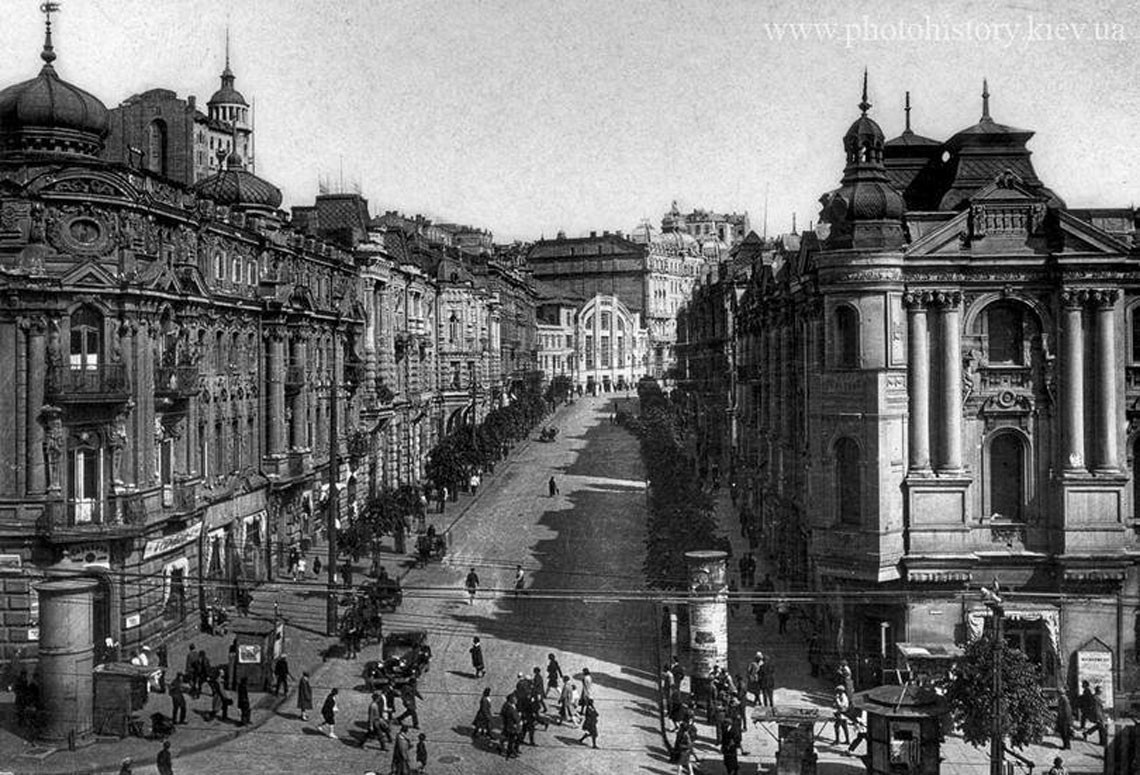
During the interwar period, as capital of the Ukraine Soviet Socialist Republic, Kyiv was at the centre of the Holodomor, the enforced famine of 1932-33 as Stalin imposed collectivisation of farming.* This was followed by the purging of Kyiv’s intelligentsia in 1937-38, an echo of Putin’s references to the “neo-Nazis and drug addicts” he says are running the city today.
The German army was back from 1941-43, during which the Red Army lost 600,000 soldiers in the siege of Kyiv, and tens of thousands of Jews were murdered at Babi Yar.
Putin’s attempt to restore some form of Russian influence over Ukraine because it had “never had a true tradition of statehood” takes no account of Ukraine’s more recent history.
‘Not the same place’
Tim Judah, author of In Wartime: Stories from Ukraine, and correspondent for The New York Review of Books, has an up-to-date account of just a few days ago: “… what [Putin] and even many liberal, intellectual Russians may not appreciate is that Ukraine is not the same place it was when Mikhail Bulgakov grew up in Kyiv at the beginning of the last century.
“It is not the same place it was at independence in 1991 [when the Soviet Union imploded] or at the time of the Orange Revolution in 2004; nor is it the same country that was wracked by revolution and war in 2014.”
In these seminal events, Ukraine’s government changed dramatically from the mirror image of other post-Soviet republics such as Belarus and Kazakhstan, where popular uprisings in the past year have been savagely suppressed.
After many years of visiting Ukraine’s major cities, Judah says that its citizens have finally cast off their post-Soviet feel.
“That is not the case in smaller Ukrainian towns, but for the first time these big cities feel like anywhere else in Europe,” he says.
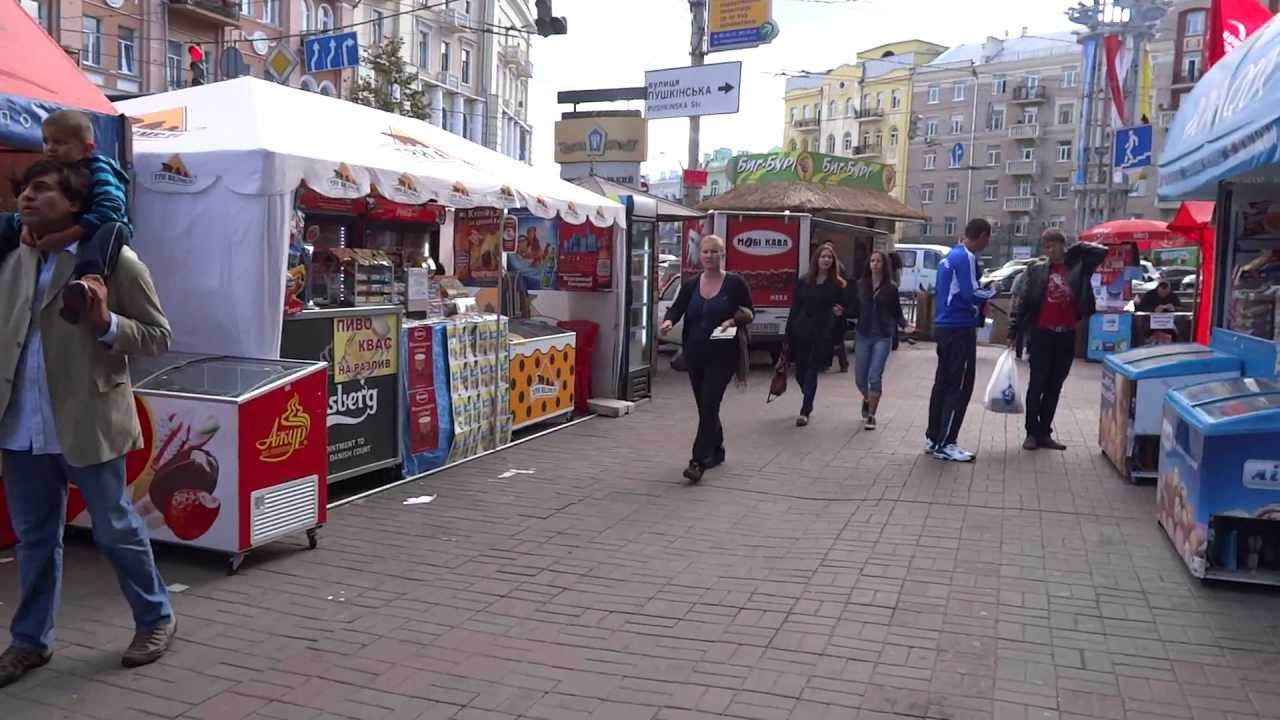
“Unlike Russians, Ukrainians have not needed visas to visit Europe’s 26-country Schengen area since 2017 and, thanks to cheap flights, millions have done so.
“Most young Ukrainians, who have no memory of the Soviet era (for which you need to be close to 40), are now just like other Europeans. They are no longer people from Russia’s periphery who mentally, culturally, and socially orbit Moscow.”
Ukraine may yet assert itself as a democratic beacon among the borderlands of eastern Europe. Further south, the border zone between Bulgaria, Turkey and Greece provides a much different experience in Kapka Kassabova’s Border: A Journey to the Edge of Europe (2017).
Kassabova spent her formative years in New Zealand, where she also established her writing career. She is now based in Scotland and, like Applebaum, is a skilled observer of people, and the historical events that have shaped them.
* Anne Applebaum is also author of Red Famine: Stalin’s War on Ukraine (2017).
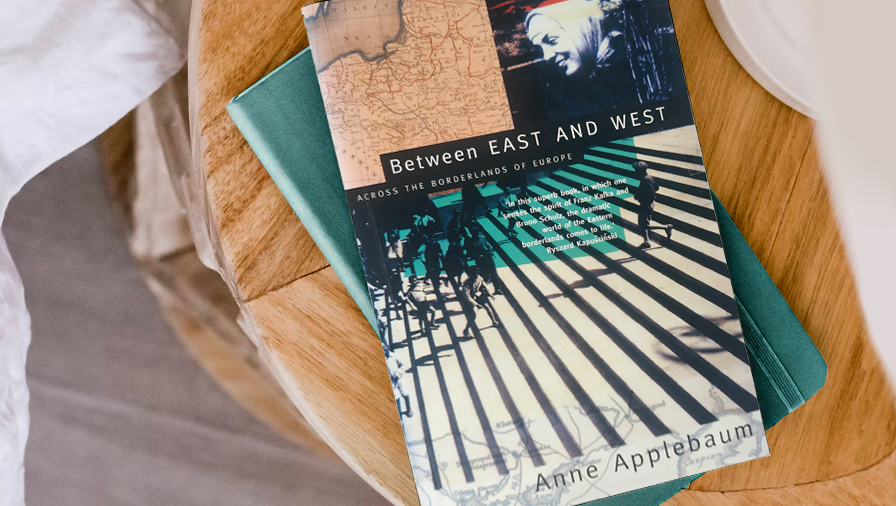
Between East and West: Across the Borderlands of Europe, by Anne Applebaum (Papermac, 1994, Penguin edition 2017).
Nevil Gibson is a former editor at large for NBR. He has contributed film and book reviews to various publications.
This is supplied content and not paid for by NBR.